FDI maintains strong momentum
Foreign direct investment (FDI) inflow into Viet Nam continues to show robust growth, reflecting the strong confidence of international investors in the country’s stable business environment and long-term development potential, despite complex global economic fluctuations.
As of April 30, total registered FDI in Viet Nam has reached 13.82 billion USD, up 39.9% compared to the same period last year. Recently, Nestlé announced an increase in its investment in Viet Nam, with nearly 1.9 trillion VND allocated to expanding its Tri An factory in Dong Nai Province.
 |
|
Electronic components manufacturing at Bumjin Electronics Vina Co., Ltd. |
This brings Nestlé Viet Nam’s total investment for the 2024–2025 period to over 4.3 trillion VND. Following the expansion, the company’s cumulative investment in Viet Nam has surpassed 20.2 trillion VND.
Investors’ confidence continues to grow
Binu Jacob, CEO of Nestlé Viet Nam, stated that the latest investment represents an expansion of operations and a long-term commitment to accompany Viet Nam in its development journey.
Nestlé plans to continue investing in human resources, technological innovation, digital transformation, green growth, and contributing to the country’s overall progress.
This affirms the confidence of foreign corporations and enterprises in Viet Nam’s growth potential. According to the Foreign Investment Agency under the Ministry of Finance, both capital increases and capital from contribution or share purchase activities saw significant growth in the first four months of 2025.
Specifically, additional investment capital reached 6.4 billion USD, nearly 3.9 times higher than the same period last year, while capital contribution or share purchases reached 1.83 billion USD, up almost 2.1 times year on year.
Not only have investment values increased, but the number of newly registered projects, capital adjustments, and transactions also rose sharply.
This demonstrates growing confidence among foreign investors, with firms not only launching new projects but also expanding existing operations.
Meanwhile, Viet Nam has set the target of attracting 35–40 billion USD in registered FDI for 2025, with disbursed capital expected to reach 27–28 billion USD.
Prof Dr Nguyen Mai, Honorary Chairman of the Viet Nam Association of Foreign-Invested Enterprises (VAFIE), has forecast that FDI inflows into Viet Nam will remain promising thanks to increasingly complete institutions, a stable political foundation, and strong economic growth prospects.
According to a survey by the Japan External Trade Organization (JETRO), a growing wave of Japanese enterprises is shifting production from China and domestic operations to ASEAN countries, with a large portion relocating to Viet Nam. Of 176 relocation cases from China to ASEAN, 90 were directed to Viet Nam.
Meanwhile, the European Chamber of Commerce in Viet Nam (EuroCham) reported that despite emerging tariff tensions, European businesses remain confident in Viet Nam’s diplomatic agility.
Some 68% of European business leaders said they would recommend Viet Nam as an investment destination, reflecting their long-term commitment.
Stable economic growth and positive GDP forecasts have also helped to reassure investors, who appreciate the country’s commercial opportunities and the recovery of consumer spending and tourism.
Enhancing incentives for investors
EuroCham Chairman Bruno Jaspaert noted that most European firms have not altered their investment strategies in Viet Nam.
However, businesses surveyed pointed to areas in need of improvement to boost Viet Nam’s investment appeal, with infrastructure development cited as a top priority.
They also highlighted the need to streamline administrative procedures, ease visa and work permit processes for foreign experts, and improve legal transparency and enforcement. Robust reforms are deemed essential to reinforce investor trust and enhance national competitiveness.
Although FDI inflow into Viet Nam is not expected to decline immediately, Phí Thị Hương Nga, Head of the Department of Industrial and Construction Statistics at the General Statistics Office, warned that a potential 46% tax rate, if imposed and prolonged, could raise product costs and undermine export competitiveness in the US market.
According to Nga, several major FDI groups producing and exporting electronics, machinery, equipment, and parts may consider relocating part of their operations back to their home countries or to other markets to reduce concentration risks.
New foreign investors exploring Viet Nam could also have reservations and might turn to alternative destinations.
To sustain its advantages, a representative from the General Office of Statistics said that Viet Nam must continue to push for administrative and customs reforms, improve workforce quality, accelerate the development of synchronised infrastructure, and increase incentives to attract FDI in high-tech and sustainable sectors.
Viet Nam should also engage in bilateral dialogues with the US to clarify mutual trade benefits and affirm its position as a fair and trustworthy partner. Meanwhile, it must proactively use multiple channels and approaches to balance the trade relationship between the two countries.
It is also essential to improve the factors that the US believes Vietnam is protecting and competing unfairly, diversify export markets, and improve product quality to reduce dependence on the US market.
To maintain the positive FDI momentum, particularly in key sectors such as semiconductors, artificial intelligence, big data, and clean energy, Prof Nguyen Mai also recommended that the government offer more tax incentives, loosen regulations, and create a fair and favourable business environment for all economic sectors.
Prof Mai further stressed the need to reform the legislative process, stating: “Institutional reform requires breakthroughs in both mindset and action to maximise comparative advantages and enhance competitiveness in attracting FDI, especially from the world’s leading technology corporations.”
 Bắc giang
Bắc giang

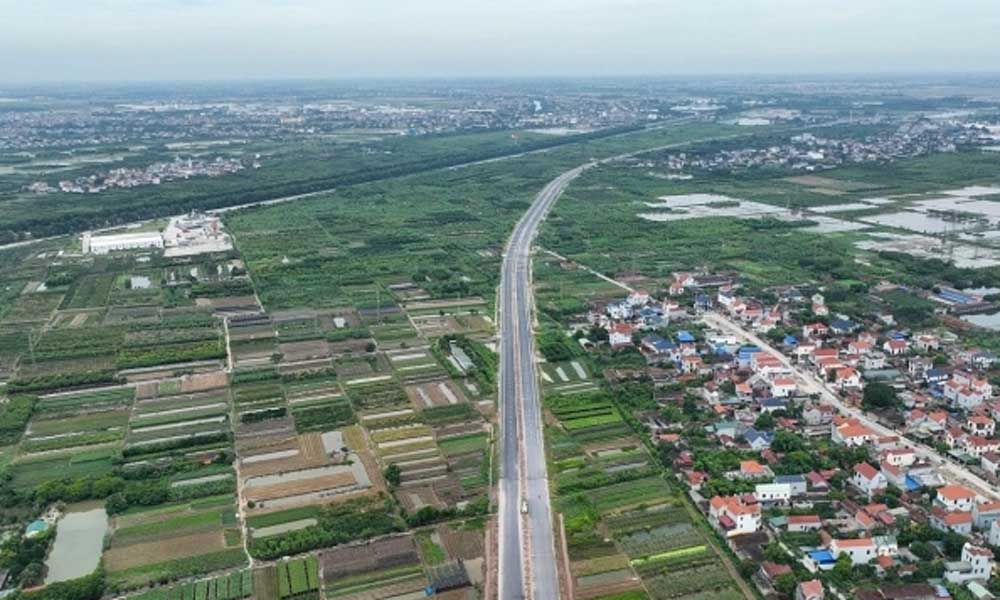
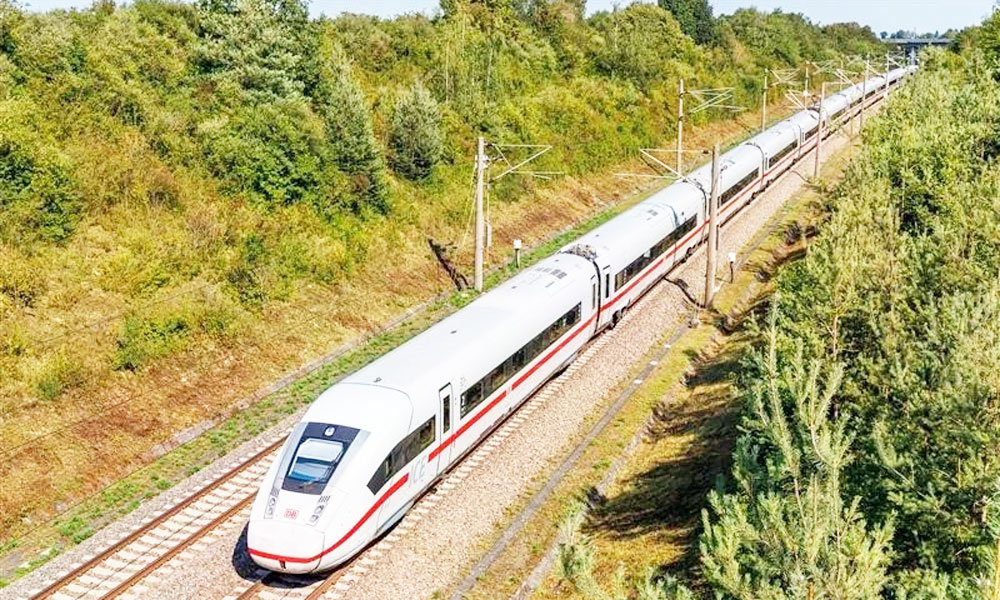


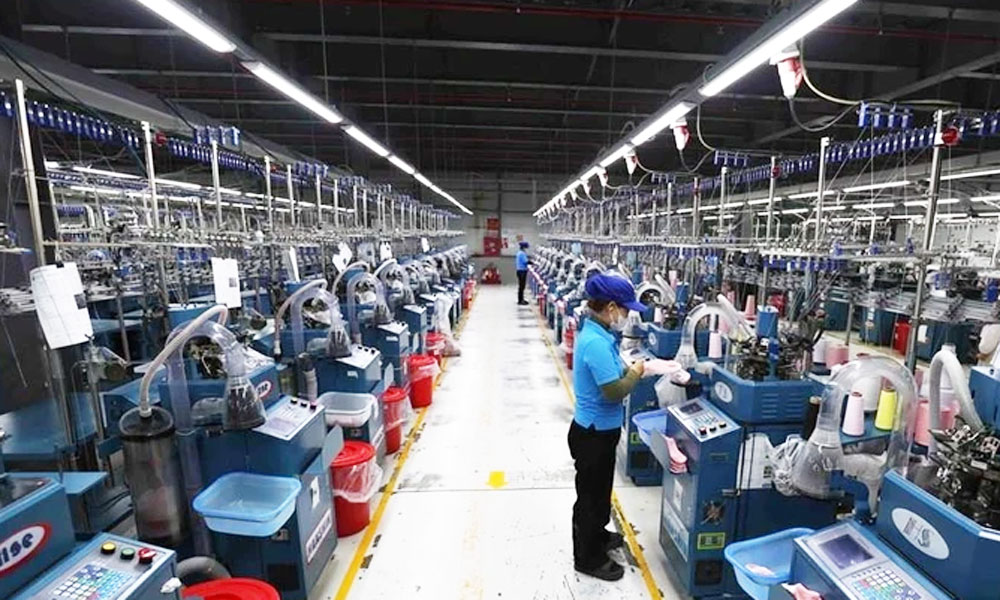
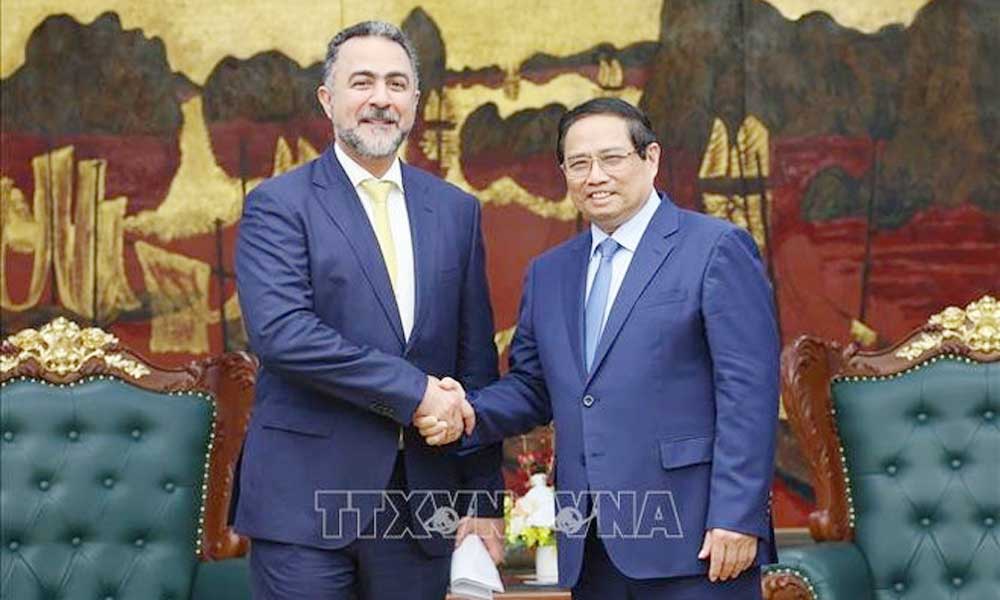

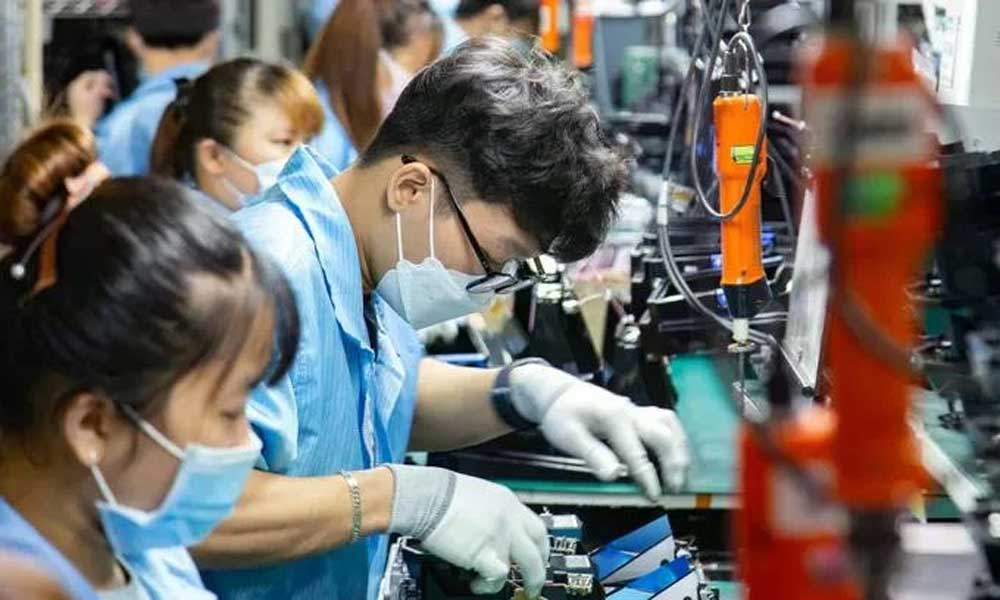
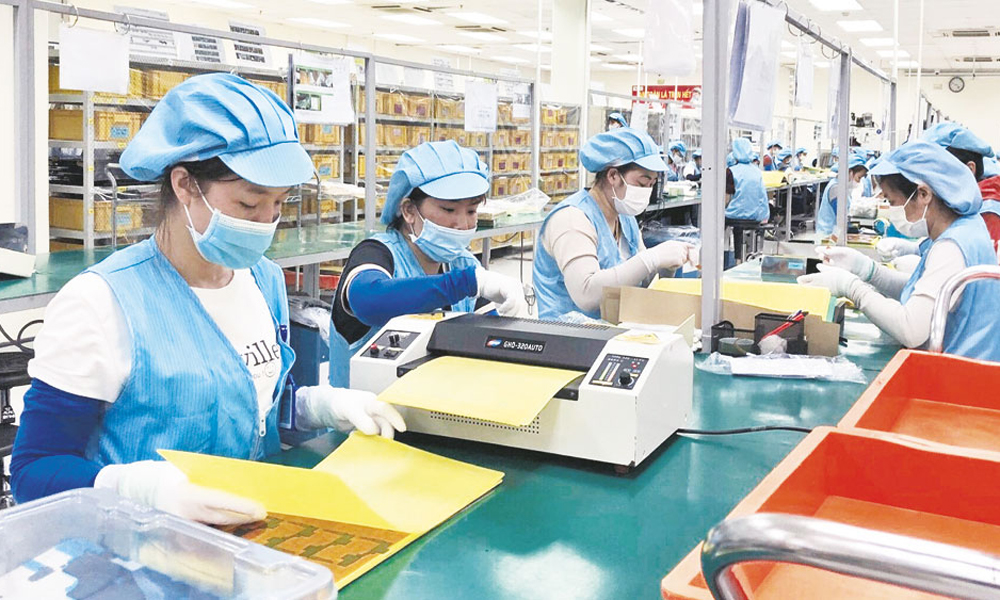

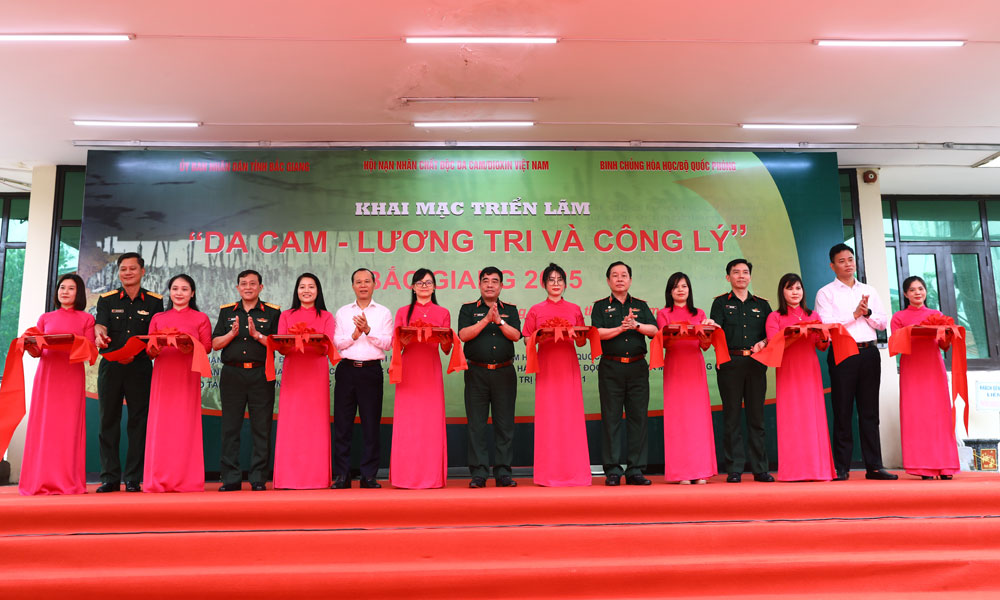

Reader's comments (0)